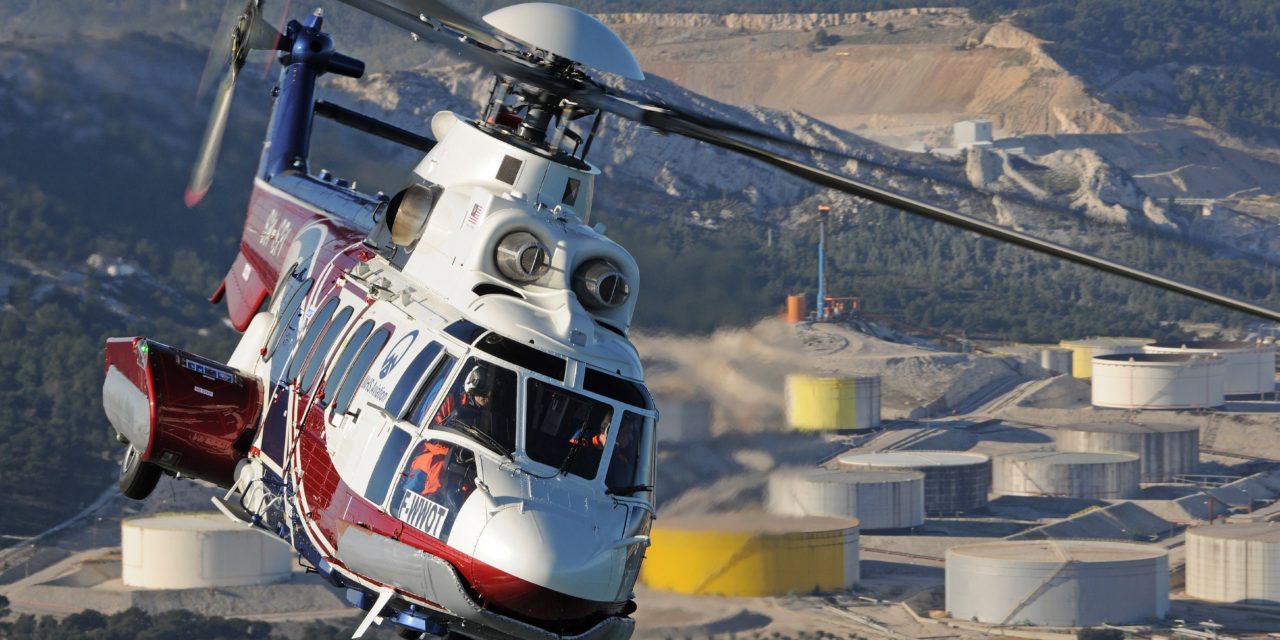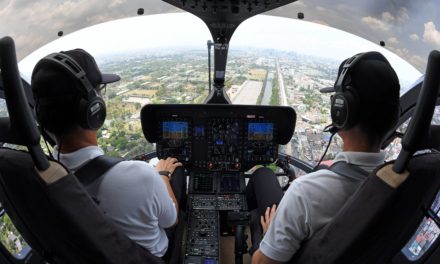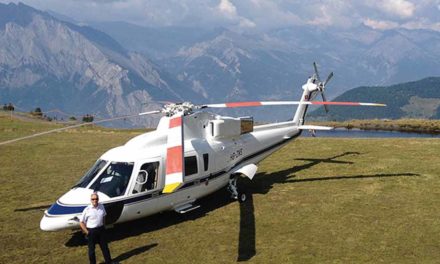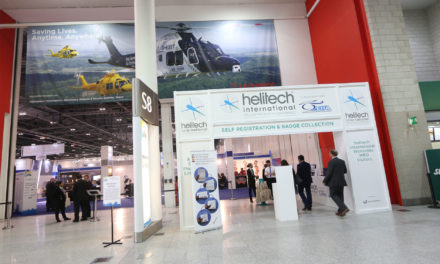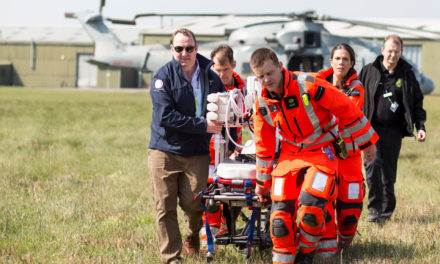By Fred Vergneres
For 40 years, Thomas Decamps has devoted himself to the helicopter sector in the world. Military pilot, then civilian before becoming a consultant, with confirmed experience, strengthened over the years, Thomas Decamps is today a key player in the rotary wing sector, and a recognized expert in the second-hand market. Meeting with a specialist who uncompromisingly analyzes the current helicopter market.
In what context is the civil helicopter market evolving today and what challenges does it face?
There are several things to consider: the market itself and the consequences of new European Aviation Safety Agency (EASA) and other national civil aviation authorities regulations. Three different markets are clearly emerging today:
– Assistance to victims and disaster response services (EMS, Firefighting, SAR).
-Aerial work (load lifting, wind energy, sports or cinematographic shooting).
– « Short leg » passenger transport (offshore, city-airport shuttles, glaciers drop-off).
Within the EASA environment, most of these missions can still be done with single-engine aircraft, but they are all carried out by twin-engine machines. And that is the problem. Because EASA regulations have brought more constraints than “conditioned” freedoms. I also think that, for their part, the manufacturers have all contributed to the disappearance of single-engine aircraft from the landscape, Airbus Helicopters in the lead which, however, alone achieves more than half of its sales in this segment! In fact, manufacturers believed that operators using single-engine aircraft at € 1,8 million would all buy twin-engine aircraft at € 5 million. It was purely a dream. Especially since an in-depth analysis shows that twin-engine aircraft do less missions (or sometimes cannot do the same missions) than single-engine aircraft. Just ask a “load lifter” if he wants to exchange his H125 for an H135, H145 or H130. The answer, without appeal, will be negative. The dangerousness of single-engine aircraft is a myth that still persists. However, there are more failures on twin-engine aircraft than on single-engine aircraft, the accident coefficient not being linked to the engine, but to the mission itself. Rescue, load lifting, removal of operators at sea on wind turbines or harbor pilots on large boats, remain dangerous missions, whether carried out in single or twin engine. Restrictions on the employment of single-engine aircraft in Europe have forced more than 150 small companies (owning one to three machines) to cease their activity and have forced others to merge with foreign companies. The finding is therefore quite bitter. In the future, the european civil market will be spread between three or four large players. Small operators who are unable to invest in expensive twin-engine aircraft, will propose restricted offers. Because, as we go to press, there is no longer any difference in terms of operation or obligation between an operator who owns 500 machines and one who owns only one, or even more than difference between the airlines which transport millions of passengers, and the helicopter operators whose passenger transport is not the primary mission. The constant search for economy with ever higher services therefore obliges most operators to work at the margin limit with the adjustment variable being the salary of pilots and operational staff (medical transport, offshore, fire fighting, etc.).Finally, missions previously carried out by single-engine helicopters, already constrained by increasingly unsuitable regulations (“for light work”, “without population or housing overflight “) will certainly be done by ultralight machines and drones.
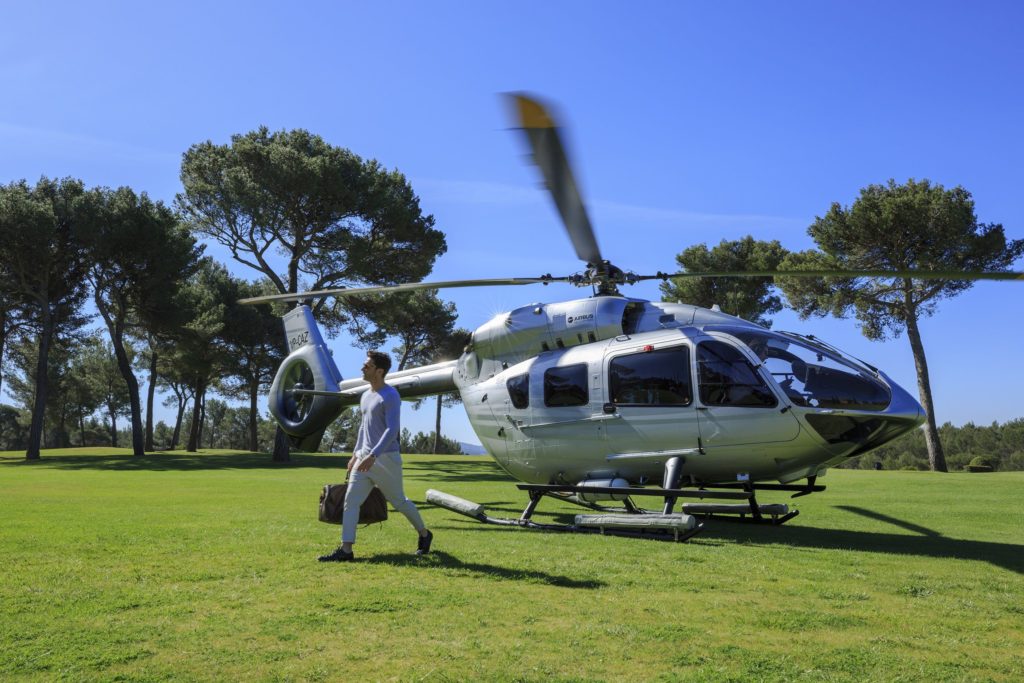
What is the state of the second-hand helicopter market at the end of 2019?
The second-hand market follows operators’ activity very closely and, therefore is very weak. The Internet, which was to be a useful tool for disseminating information and a professional portal, has become a disaster. Half of the brokers – rotary wings and planes – have disappeared. The Internet has not replaced professionals but prevents them from working by providing the wrong information. Aside from the announcements from the manufacturers pre-owned departments and a dozen very large brokers, most of the announcements are either obsolete or copy copies of sites that themselves have been copied. You can find for example the same machine for direct sale by the owner with its real year and serial number, its copy with one year more or less and the registration modified through processing software, or a photo of another aircraft of the same type with the label : “price on request”. All this in order to recover a potential transfer request to the real seller in order to recover a small “royalty”. Also, as a professional seller, it is difficult to explain to the future buyer, that the 10 machines “for sale” that he found on the Internet are actually four disguised helicopters. In many cases, he does not believe you, but above all he does not want to pay for you to prove him wrong. And when, in a difficult market, even the former professional majors have more than three-quarters of their machines “made up”, and without mandate, because the seller does not give a mandate in the “may the best win” spirit, that becomes complicated.The Internet is therefore not representative of the market, stocks or prices. And it is clear that the number of transactions disputes is constantly increasing. It is therefore imperative to take up the fundamentals and better inform future buyers. In fact, the economic model should change. We now find Aircraft Project Managers (APM) who take care of aircraft acquisition files – plane and helicopter – and who are paid on a flat-rate basis for a set of tasks such as, for example , research and acquisition of the machine, product support follow-up, and, if necessary, the selection of an aircraft manager. Thus, traditional brokers who align hundreds of classified ads such as real estate agencies, will have to adapt. Transparency is essential to win back customers. This is all the more true since the fixed fee, based on the best machine at the best price, allows the project manager to work calmly, and the buyer to have a broader view of the market. This is a very different approach from the exclusive mandate of “broker” which requires all offers to go through him before being transmitted and studied. With an APM, the entire market is targeted and studied, to retain only what is most interesting for the client.
Will the quotes be reviewed?
Above all, they will be more transparent. A Polish company is in the process of creating a trading room devoted to aviation, gathering on one side requests from buyers and, on the other, sellers. Carried out in real time and in a single place, these transactions will help to refocus prices. A kind of little revolution. Everyone will be able to see the requested prices, but, while respecting commercial transactions, the final sale price will remain secret. This kind of approach should finally make it possible to know the true value of a machine on the market, in real time. The support brought to the buyer and the quality of the relationship with him will make the difference.
What are the main models currently placed on this second-hand market?
Apart from the world’s largest fleet of machines for sale, the Robinson fleet, there are obviously many single-turbine aircraft. The latter are sold by professionals who must be equipped with twin-engine aircraft, and therefore cannot find professionals to buy them, being themselves affected by the problem. And these helicopters remain too expensive for private individuals who would like to resell their R44 or their Bell 206 to acquire an H125 for example. So you will understand we are in a spiral phenomenon. Only South America, the United States and possibly Africa, are still accessible markets. But an operator in El Salvador will unlikely look for a machine in Finland. Here too, the Internet has its limits. In addition to single-engine aircraft, there are also many recent and quality twin-engine aircraft on the market, such as AW109 or H135. These helicopters are expensive for future first-time buyers and the transition between the large single-engine (H125 or Bell 407) or the small twin-engine (AS355) is still difficult. The segment of heavy and super heavy helicopters (AW139, H225, S-92) is a professional market, punctuated by the regulatory and contractual obligations of the missions and by the duration of the operations. These are very good shape helicopters, as their operators rarely use them for more than 10 years, which is a small duration for this type of aircraft.
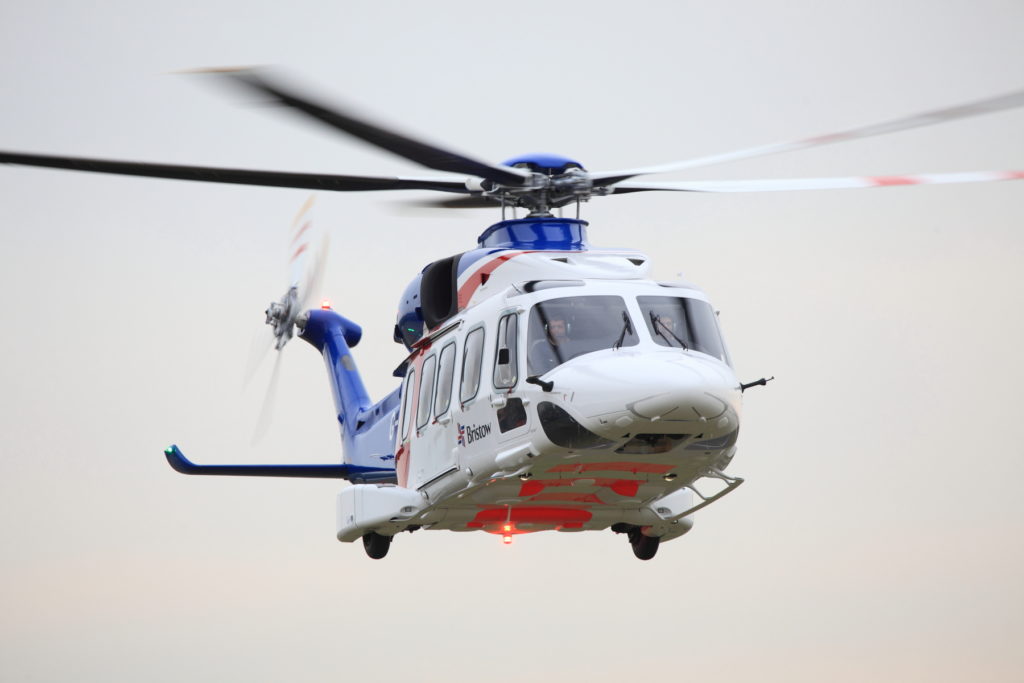
What is the positioning of manufacturers facing the second-hand market?
Manufacturers want to sell new machines, not used. Those who have a second-hand department do so for two main reasons: to control the customer on the one hand, and the market on the other.The first reason is commercial. It consists in helping the purchaser to resell the machine he is replacing by a new one which he finds invariably too expensive, whatever its price (a consumer remains a consumer!). In this way, the manufacturer can gain a customer who has historically been loyal to the competition, or set up in a geographical area where it is absent. Of course, he prefers to resell a machine of its own manufacture, but ironically, this is rarely the case, precisely for the reasons stated above. This is also an adjustment variable to make few or no concession at all on the price of the new machine and keep the price at the right economic conditions of the moment and/or counter the competition which often offers a machine with similar performance at a price almost identical.
The second reason, the market control, is much more strategic. It consists in supporting a brand or a model during market renewals or when deep changes occur in a particular activity. For example, a manufacturer may decide to “re-own” fleets of machines of a given type, too numerous on the market, generally of good quality, but whose rating has collapsed. An operator can thus buy a relatively recent machine, with few flight hours, for 30% of the price of a new machine. Why would he buy a new one? Controlling the market has the advantage of maintaining the price level of second-hand machines by redirecting them to other market segments where they were not initially present, or to other customerss which until then did not not operate this type of helicopter.
Offering fewer second-hand machines of good quality allows them to maintain a high rating, and above all to maintain demand for the new one, which otherwise would have died out. All manufacturers act the same way. Their “used” or “pre-owned” service is a sales support and a strategic tool to maintain their position on the market of new machines. Very rare are the manufacturers who resell with a profit the used machines taken back from their customers , unless the model is rare or almost new.
What about the huge stocks of H225 on the second-hand market? Has the recovery of the market for this type of helicopter simultaneously boosted the heavy machines segment in general?
True, there is a large stock of H225, but the machines are of very different quality. For example, there is a lot of confusion with AS332L2 or H215. A few months ago, we found less than 10 years old EC225LPs with few flight hours at prices in the range of $ 6 to $ 7 million, totally disconnected from the true value of the new machine (about € 25 million). Today, the machines have two main profiles: either they have few flight hours but are in “long term storage” at prices approaching $ 9 million. Or they are in “short-term storage” and are traded around $ 10 to 13M. All of them require technical checks and works of $ 1 to $ 2 million to recover their flight status. The H225 corresponds to a very specific market. The price of this machine suffered a significant fall following the drop in offshore transport activity on the one hand, and the 2016 accident on the other. Aside from this tragic event, which made the machine “uninsurable” in this very precise market and which involved a tight technical maintenance survey, the H225 is a good machine. It has even become a good deal for operators working in delegation of public services (SAR, firefighting, missions for the UN, etc.) and who understood that they could afford a powerful 11-tonne aircraft at the price of an H145. This has recently generated many sales.Among the other heavy helicopters, the best seller is obviously the Leonardo AW139 which sells well, with an emergency floatation system. For its part, the Sikorsky S-92 is mainly an offshore machine, even if some of them are used for SAR.
The acquisition process of helicopters is changing, especially from different governments. Is full ownership disappearing in favor of rental solution?
This is especially true in the military markets. The Americans led the way with the privatization of sovereign missions ranging from simple basic surveillance to intervention in the combat zone, or by entrusting ground or flight training to private companies. For example, “Air Center Helicopters” performs logistics and support missions for the US military with H225s. In the UK, counties (or shires) have been using the Aircraft Crew Maintenance Insurance (ACMI) formula for police for 30 years. The whole service is private and the monthly invoicing includes the machine in the unit livery, the pilot, the maintenance, the presence of two police officers on board, a judicial police officer to note and record and a chief of cabin responsible for mission equipment. In Europe, in general, we are slowly starting to entrust maintenance and training tasks to private companies. The real news is budget. In Europe, to meet the Brussels requirements, it is necessary to contain expenses. The purchase of new helicopters is frowned upon by the finance ministries of the member states, regardless of the country. Also, leasing is by far the most flexible solution and allows you to change machines regularly – every five to ten years – instead of having to keep them sometimes for 40 years. From an accounting point of view, it allows managers from different countries to reference investment as “exceptional budget allocated to external operations”, or as “one-off rental of equipment and services”, terms politically acceptable to public opinion. The privatization of the global easement (machine and maintenance) which is not of a strategic nature and can therefore be carried out by civilians, allows operators – the armed forces – to free themselves from supply constraints and to account for optimum availability of its materials. The evolution will come from some countries in Africa or South America who prefer to quickly equip themselves with used machines to carry out quality missions with well-controlled budgets, rather than waiting for a long time the financing of new aircraft.

